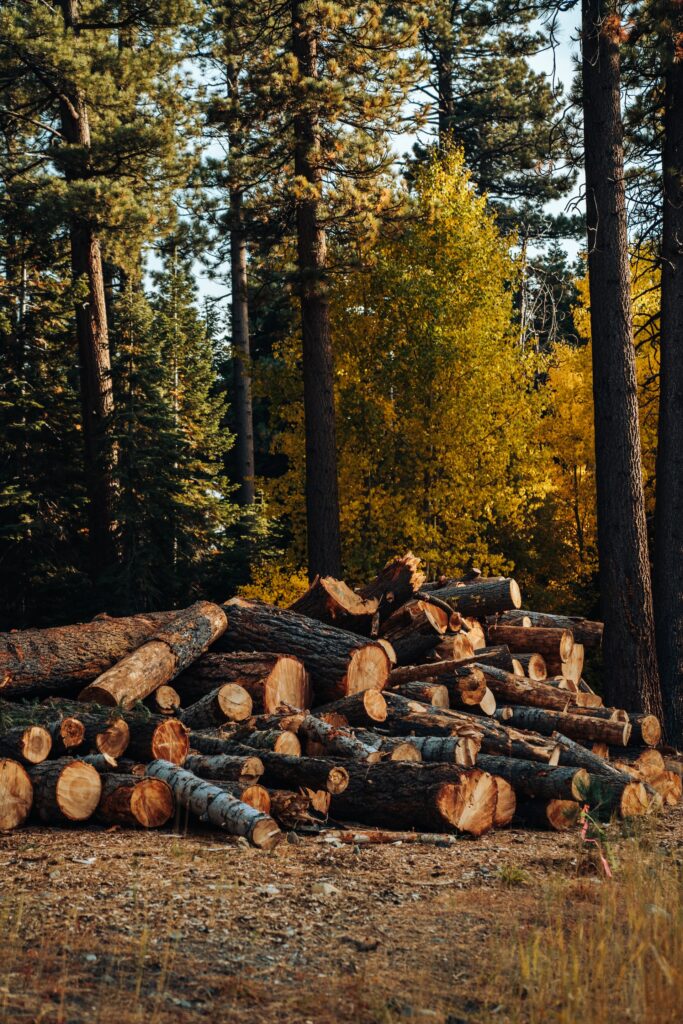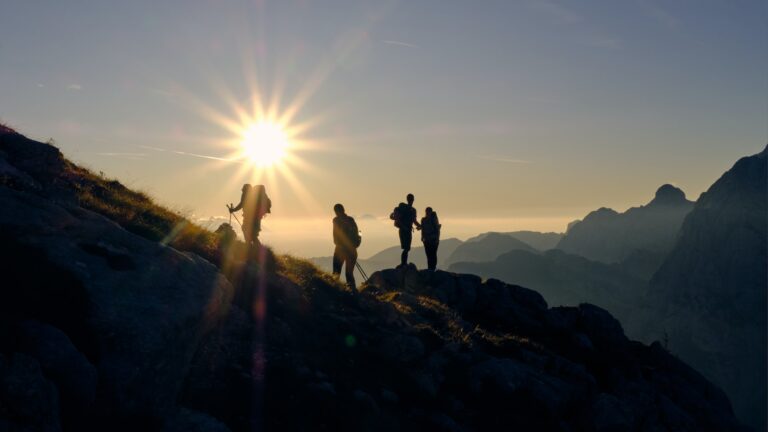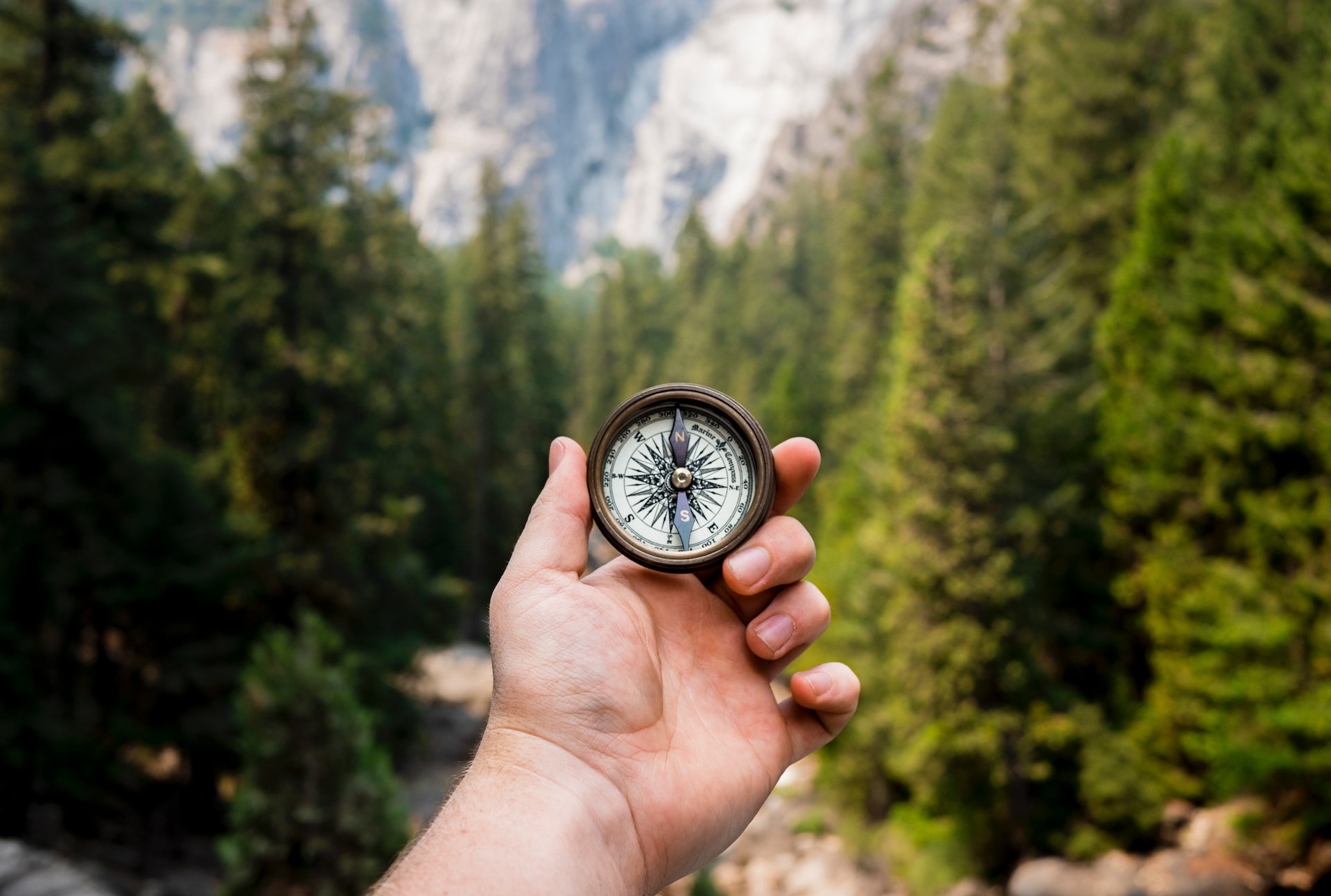In the current scenario of environmental emergency, the tourism sector must be fully connected and aware. We need to develop new knowledge and incorporate a new sensitivity into our business activities. New terms appear regularly and continue to vigorously enter the international vocabulary; however, they are not always fully understood or sufficiently discussed in all their details.
At times, we may not have access to the multiple layers that are found locally that reveal the real impact. What are the blind spots and the side effects of some practises we take for granted? Is the bigger picture completely clear?
In our last newsletter we approached conservation from a general perspective. This week we would like to invite you to take a quick but deep dive into the sea of controversial definitions and practises, to raise awareness and take conscious actions in the right direction.
Conservation Attitudes
Conservation is greatly needed because we are at the centre of a global climate crisis; in particular, there are three crises that are currently affecting our planet and us:
- Biodiversity loss
- Climate change, and
- Pollution
All of these crises are, of course, inter-connected in one way or another: not only because they are mainly man-made, but also because they have a negative knock-on effect on each other.
From a general perspective, the term “conservation” is used to identify the efforts that humans make to prevent further environmental crises from happening, or worsening, and try to revert the pattern of the natural destruction of our planet. Conservation can come with different names and definitions, but, at its core, means care. Care for the natural environment in which we live and thrive, and on which we depend so massively.
Moreover, under the umbrella of “conservation” we can find all those different labels and concepts that we adopt to tackle the crises.
Here we propose a zooming-in exercise that we hope could bring some useful insights and reflections on what we should do, what we are already doing and what we could do better as an industry.
Reforestation, Rewilding, and Afforestation
Reforestation
Biodiversity loss presents a direct threat to human survival because deterioration of ecosystems means a lack of access to resources on which we depend, like oxygen and food.
When we talk about biodiversity, it is worth remembering that forests are home to more than 80% of all terrestrial species of animals, plants and insects on the planet. Therefore, focusing on their protection should be our primal obligation.
As we mentioned in the previous blog, many companies invest in reforestation projects, and a §few are proud members of Inspire Global.
Our member Aliwen Incoming, for example, beyond planting a tree for every visitor they bring to South America, they actively participate in the reforestation of Patagonia by donating and planting more than 1,000 trees every year in damaged areas of the region.
Leading by example is important, especially in our industry, but it is only half of the picture.
By showing tourists the care we take of the environment that we invite them to experience, it will not only directly benefit the environment, but will also plant important seeds in their hearts too. In fact, increasing their awareness of the bigger picture – of the planet and the issues that it is currently facing – will prompt visitors to take responsibility for their actions while they are there, but most importantly, and very likely, to take those reflections and actions and apply them at home as well.
After all, forests are needed everywhere on the planet, and the best contribution a tourism company can make is to support new actions that reflect a renewed awareness.

Rewilding
Rewilding is another term that has appeared frequently in recent times, and it happens to be very popular in Europe, where regional and national projects have helped to reintroduce species such as Bison in Romania’s Carpathian Mountains, by Rewilding Europe.
The rewilding approach has also created new opportunities for the tourism industry; for example in Scotland, where the return of the beavers has led to new beaver canoe safaris with Perthshire Wildlife.
Then there is the Knepp, the story of a British farm that has stopped intervening on their land and let nature take control of the environment with complete freedom.
The result? They see the return of extremely rare species like turtle doves, nightingales, peregrine falcons and purple emperor butterflies, while the populations of more common species are increasing. Today Knepp continues to work as a farm, but it is also a safari destination offering camping, glamping and tree house accommodation all year around.

Afforestation
Although this is not a new concept, the recent rise in the use of the term ‘afforestation’ is linked to the slowing effects that this practise has on climate change.
Different from re-forestation, af-forestation refers to the practice of planting new trees and seeds with the goal of creating a new forest in areas where there was no forest before.
In East Africa, heavily affected by worsening droughts – as a direct effect of climate change – recent new projects have been launched to support this kind of initiative, like in Kenya.
Kenya National Farmers’ Federation (KENAFF) has launched the KENAFF Farm Forestry and Afforestation Initiative, which aims to conserve agrobiodiversity and re-forest degraded lands to slow down the impacts of climate change globally.
Support for local farmers involved in this kind of initiative would enhance their efforts while improving the quality of the food that local tourism facilities could offer.
According to the European Climate Adaptation Platform (Climate-ADAPT), reforestation and afforestation can be presented as an adaptation opportunity and they are usually adopted as complementary practices. It has been shown that they can also contribute to preserving biodiversity hotspots, avoiding soil degradation and protecting other natural resources, such as water.


A science-based approach, as the one suggested by the Tourism Declares A Climate Emergency, and by the Glasgow Declaration, seems to be the one our industry should follow. The best practises seem to be the ones that rely on legitimate local partners who follow science and are linked to academic field research, or even to the non-governmental sector, rather than to new projects based on marketing opportunities and blind donors’ generosity.
On another note, reforestation and afforestation have also started to be used as a mitigation strategy for carbon sequestration goals. However, they are still considered problematic and they are not mandatory. In fact, according to a report by Climate-ADAPT, “if unsustainably managed, both practices may be controversial as they may lead to the destruction of original non-forest ecosystems (e.g. natural grassland)”.
Once again, the solutions should be science based, but also tested and proved at scale.
Carbon Offsetting Without Trees
When talking about mitigation strategy in relation to climate change, carbon offsetting is one of the first options that come to mind. However, it is not without doubts and serious concerns.
It is a shared understanding that to effectively tackle the climate change crisis – caused by excessive amount of the greenhouse gases released into the atmosphere – removing carbon emission from the air is not enough if not accompanied by active reduction of the current emissions produced.
However, it seems that often countries’ economies and private businesses have taken the shortcut and used carbon offsetting as a panacea to reach their Net-Zero goals, even when science has not yet validated the technological innovation used.

There are many criticisms of carbon offsetting. To start with, it doesn’t have an internationally recognised standard yet. Also, there are the dubious practices that the big corporations have been using to reach their mandatory goals, through cheap mitigations in countries of the Global South, for projects that would have happened anyway.
However, over and above that, there are still important projects with positive environmental impacts and it is the sole responsibility of the company to search and find the right type of projects from which to buy the carbon offset.
Carbon offsetting generally seems to focus on the easier and cheaper solutions available, like planting tree, when there are other ways available. These include investing in clean and renewable energies – like solar, wind and biogas – but also capturing the excess methane from landfills and open coal mines. Others, which are starting to take place in Africa, focus on improving the quality of the soil to be able to store more carbon, like the One Mara Carbon project, a grassland management initiative that seeks to capture and preserve carbon in soil and vegetation. The project – mentioned in the magazine Voice of the Mara [7th edition of July 2022, Maasai Mara Wildlife Conservancies] – aims to generate carbon credits and become an alternative income generator for the Mara conservancies in Kenya.
From Offsetting to Net Zero
If you look at it closely, the whole concept of “offsetting” is quite limited in terms of its approach and limiting in terms of its impact. Though it is needed, it shouldn’t be the only step we consider.
Therefore, the recommendation for our industry is to invest in both actions: reducing emissions and offsetting through effective and validated methods, while working towards the common goal of negative emission, i.e. Net Zero.
In other words, continue offsetting what we cannot avoid but, at the same time, find new solutions to the negative impacts we still inflict on the environment, by reducing and preventing the production of CO2 and the other greenhouses gases we might be responsible for.


Bringing the focus back to our industry, a useful guide was released by Intrepid Travel in 2020, who have been carbon neutral for a decade. The guide – A 10-Step Quick Start Guide to Decarbonise Your Travel Business – was created to help the industry move towards the reduction of their carbon emissions, and is part of their three-step strategy that reminds us that offsetting should not be the only way. Beyond ‘reducing’, we should also be focusing on ‘measuring’.
If Net Zero is considered our target – as it should be if we want to actively fight the climate change crisis – the first step must be to measure our company carbon footprint.
We are lucky that nowadays there are carbon calculators available, not only for private use of travellers, but also for businesses for their operations.
Many businesses have already started calculating their carbon footprint and taking the appropriate action, and others have created a way to assist in the task, like our partner Ecollective. Interestingly, among other services, they have helped with the carbon labelling of products from many travel companies and tour operators, encouraging them to invest in transparency, and providing incentives for the company to continuously monitor their performance and share their impacts and efforts with their customers.

We would like to leave you with a quote by Vijay Vaitheeswaran – The Economist’s global energy and climate innovation editor, to remind us of the revolution we should embrace.
“Embracing, enacting and scaling a negative-emissions plan to get to Net Zero is a Herculean task (…) that involves every economy on Earth, every government, ultimately, every citizen, all of us have to be involved and change the way we live. And it’s not just a technological revolution. We need a revolution in our mindsets.”
Words by Elisa Spampinato


Recent Posts
Categories